Flipper Zero— Multi-tool Device for Hackers
Flipper is a portable multi-tool for pentesters and geeks in a toy-like body.
Flipper is a portable multi-tool for pentesters and geeks in a toy-like body.
To make the experience fit your profile, pick a username and tell us what interests you.
We found and based on your interests.
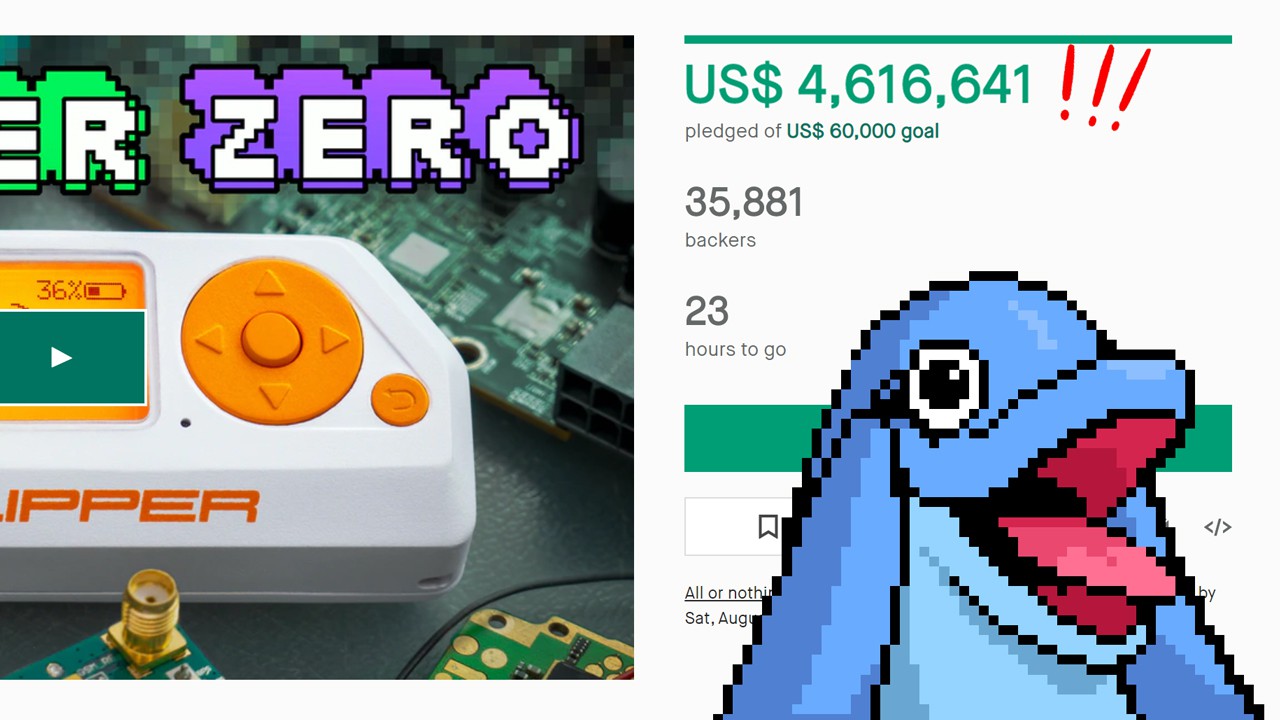
Flipper Zero's Kickstarter campaign had a very successful start — on the first day, we raised a whopping $1 million! This number grew, and to date, we have raised nearly $5 million. We’re just shocked by such a result, that’s an amazing achievement. It also makes the project in a more safe position, as such a large amount is an airbag that greatly increases the chances of a product’s success in these hard times of epidemics and cataclysms.
Now we are in the last hours till the end of the campaign and we decided to summarize the results.
Stretch goals
From the beginning, we set flexible goals for additional features. These features made development more expensive, so we calculated the minimum amount that we would need to implement these features.
As a result, all features were unlocked the very next day and now we are actively working on implementing them.
Bluetooth Low Energy
Adding Bluetooth required a significant redesign of the architecture, since we had to take a different MCU. Bluetooth LE will allow you to connect the Flipper to your phone or computer wirelessly for remote control and data transfer. At the moment, public repositories with mobile applications are already available in our Github, and soon we will fully open all repositories, including the firmware.
NFC
Among all Flipper Zero features, the NFC is one of the most difficult to implement. That’s why the goal was set at the high $700k level. NFC creates challenges in electronics design as we will need to place two RFID antennas on one PCB, as well as in firmware development, since emulating NFC cards is a rather difficult task that has not been fully solved.
SD-card for memory expansion
We argued for a long time about whether Flipper Zero needs additional memory, after all, 1MB of flash is four times more than the Arduino Mega. But this question disappeared when we saw a database of signals from infrared remote controls weighing 5MB. Then everything came down to mechanics, since the holder for the MicroSD card is huge, and there is very little space inside.
As a result, the Mechanical Engineering department confirmed that the holder fits, which means there will be an SD card! It will be possible to store dictionaries, signal databases, logs, scripts for bad USB, etc. on the card.
Developers program
We believe that the community can create amazing things driven by enthusiasm. That’s why we’ve launched a public Developer Program, so everyone can participate in Flipper Zero development. More than 500 programmers and engineers have applied for participation up to this moment.
Thank you all
Many thanks to everyone who followed the project and supported us from the very beginning. We have a huge community that constantly helps us and without you nothing would have happened. We are very proud of what we have been able to achieve together.
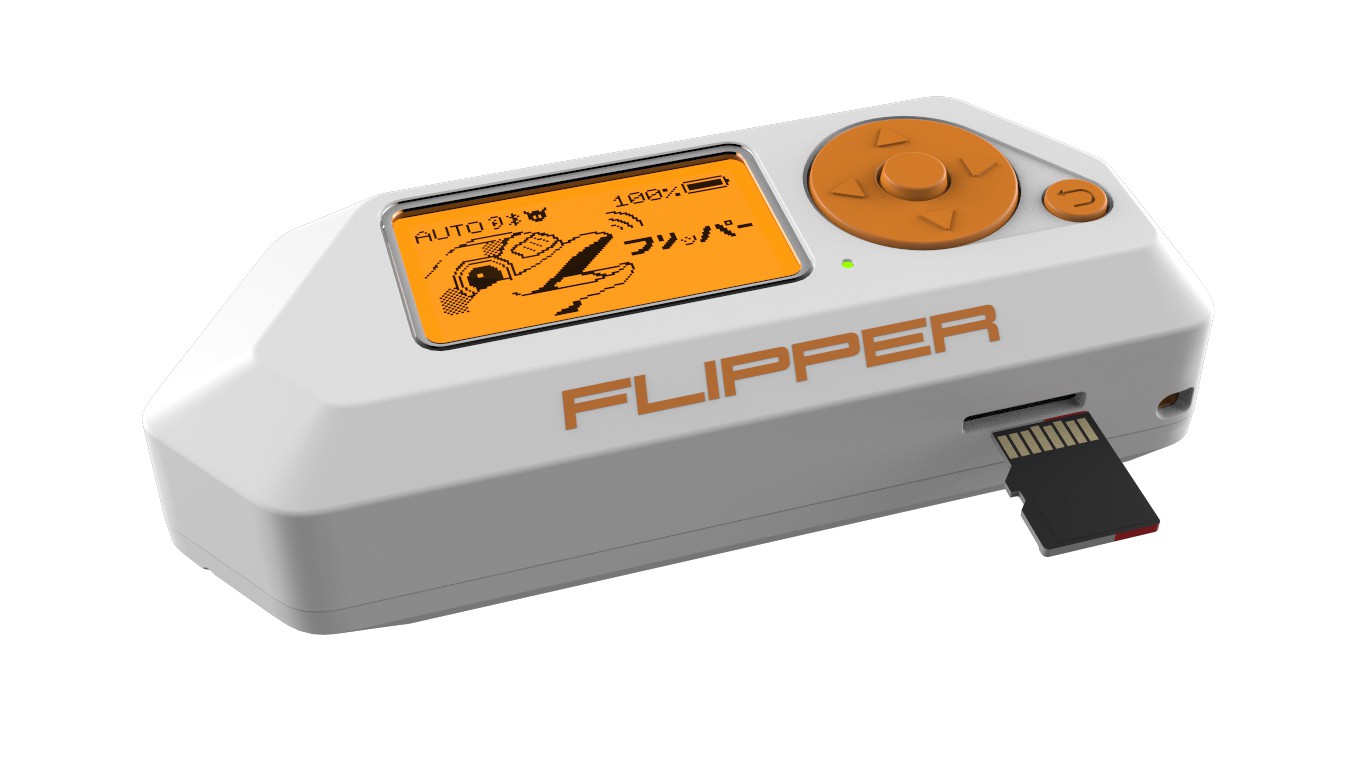
We realized long ago that 1 MB of STM32 flash is great to fit a firmware and all your plugins but might run out when it comes to additional data.
There are lots of heavy data Flipper has to store: remotes codes, signal databases, dictionaries, image assets, logs and more. MicroSD slot always has been an obvious solution but we were not completely sure about the mechanics, so we didn't announce this before.
Today we can finally confirm: every Flipper Zero will have a MicroSD slot.
The slot will be push-push, so the card will be reliably secured inside and will not protrude.
Flipper Zero can work without a MicroSD card so it's not included. You can put any FAT32 formatted card in and store all the needed assets with no worrying that the memory will run out.
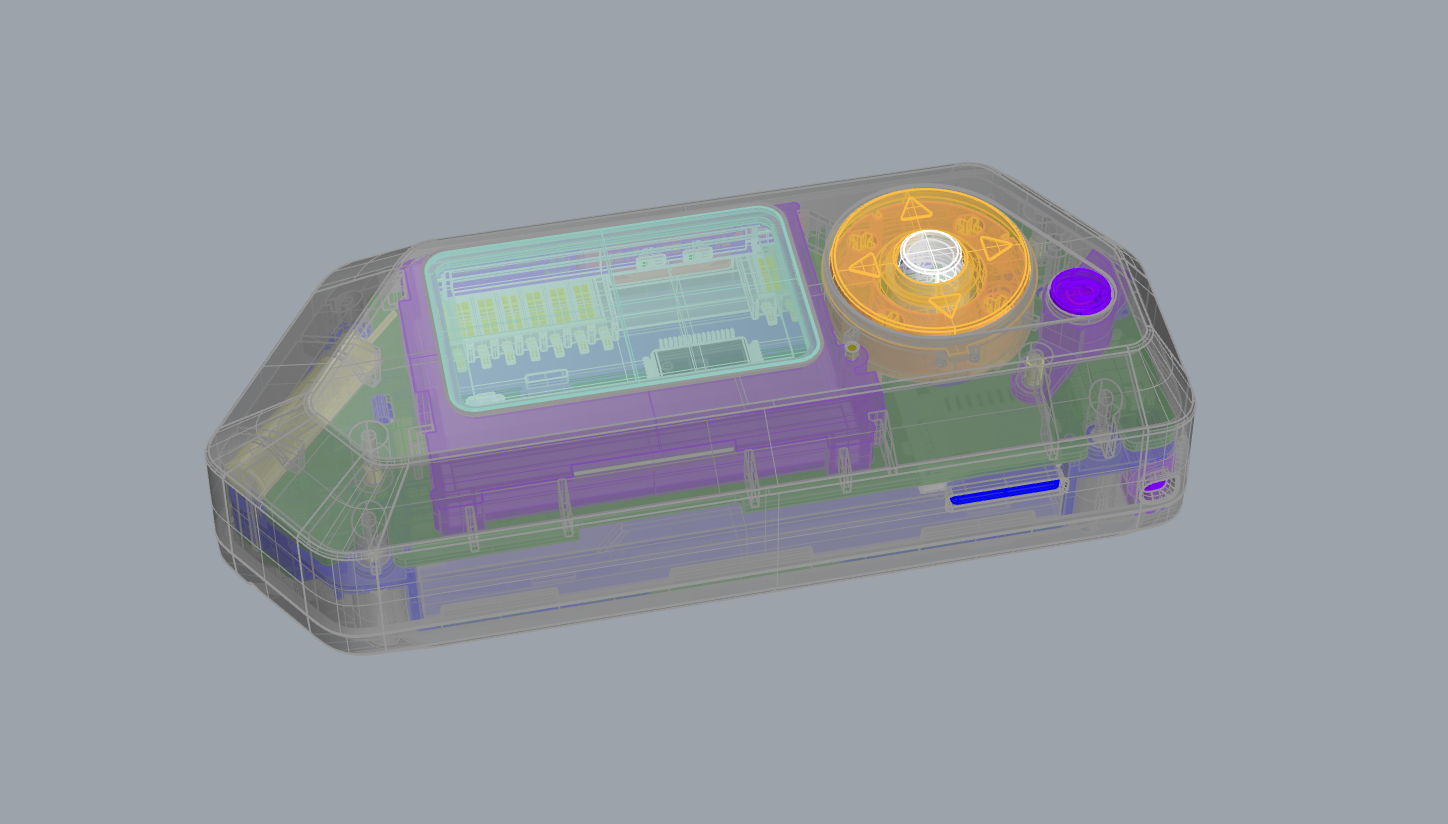
3D models of Flipper Zero are publicly available on our GitHub!
WARNING⚠️ This 3D model will 100% change, please do not use them as a final reference for your module's design.
Check them out: github.com/Flipper-Zero/flipperzero-3d-models
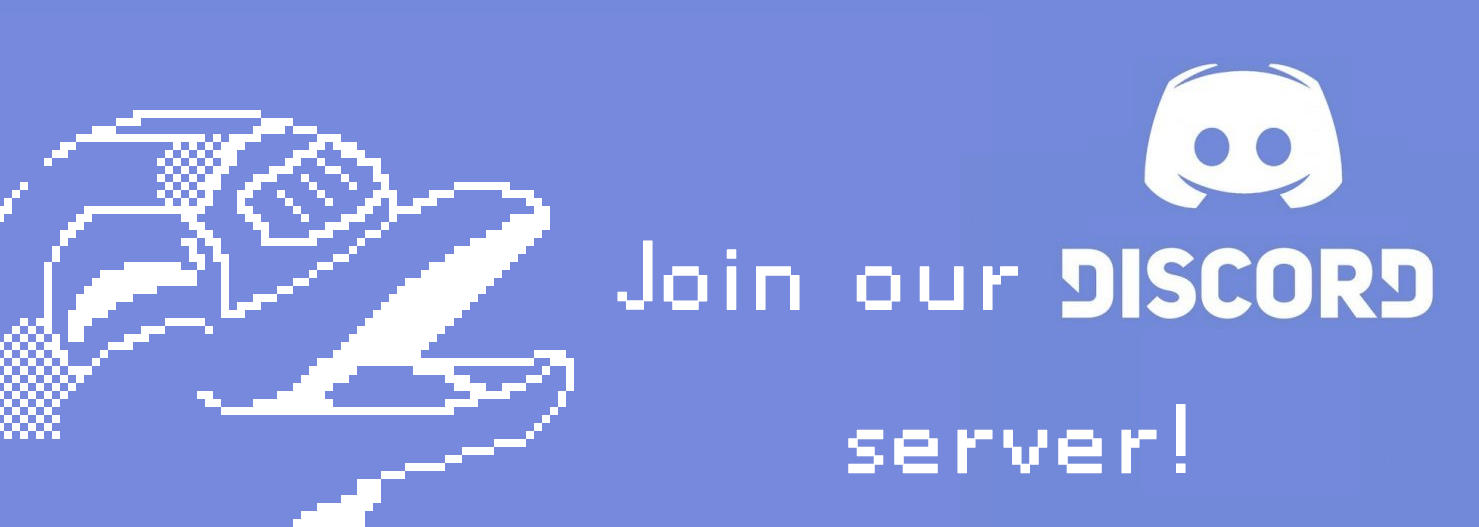
You've been asking and we heard you loud and clear.
We're happy to announce we now have an official Flipper Discord server!
Join us to discuss Flipper development, cases of use and to meet some friends for your dolphin family: flipperzero.one/discord
You’ve been asking how to deal with the fact that Flipper will store your secrets like U2F token and house keys. What if Flipper gets lost?
Well, no problem! For this case, we made a locking feature. You can lock Flipper and unlock it with the special pass-combo, like in good old fighting games (for example, →↑↑←↓↑↓). Users can set a pass-combo of any length, and all functions will be blocked until the combo is entered, including firmware flashing.
Additionally, it will be possible to hide some of the Flipper’s functions behind the secret joystick shortcut. And until this combination is entered, Flipper is just a harmless cute Tamagotchi with a bunch of cool mini-games and nothing else.
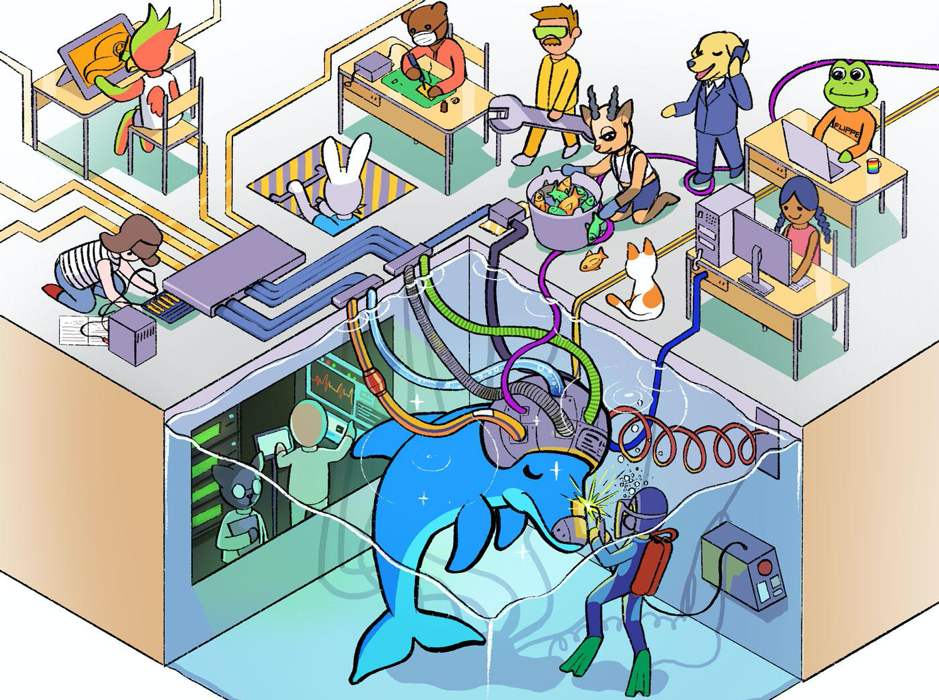
At the very beginning of the project, we have chosen the tactics of maximum openness and transparency. We believe in open-source, the power of the community, and that enthusiasts can create cool projects without the involvement of large corporations. Therefore, we invite everyone interested in the project to take part in the development!
Below is a description for those who want to join the development and make the hardware modules.
The project consists of several large-scale parts, and each part has its dedicated team:
At the moment we have a ~80% complete device in terms of hardware and mechanics. But the biggest part of Flipper's development is the firmware. We now have a working prototype, firmware architecture, and basic firmware components to grow the meat on.
At this stage, it is very important to correctly approach the unification of all components in order to maintain the readability of the code and a uniform understandable style, so that developers around the world can easily develop for our platform. We believe that this task will be of interest to the community and invite you to contribute to the process of creating Flipper, just as it was in the very first stages of the project.
All Flipper Zero firmware will be fully open-sourced and published on Github once the first devices get shipped to the backers. For now, we’ve decided not to open our code repositories to postpone the appearance of fakes on Aliexpress and similar platforms, which will definitely happen after such a success here on Kickstarter. And in general, we are not particularly worried about this.
So for now, all development is done in a closed repository where we add people after they take a survey and sign the Developer Agreement (CLA). In the agreement, we ask you not to distribute the code without our explicit consent and agree on your code usage in Flipper, but be sure that your authorship will be saved.
At the moment we are using HAL / LL from STM and FreeRTOS. Most of the work with peripherals was generated by CubeMX, but in some hardcore places, we had to throw out the standard functions and work with registers directly.
The code compilation takes place through Make and GCC, but very soon we will need to add the ability to compile our code in the Arduino IDE and PlatformIO.
Here is the current Firmware architecture:
Flipper's main components are written in C, C ++, and Rust, so knowledge of these languages will be useful. It will also be great if you have worked with microcontrollers and know how to debug electronics, but we mainly try to separate the hardware part from the code with a layer of abstractions, so that many components, such as the graphical interface or dolphin behavior, do not require working with hardware directly. We also need interface designers (placing an informative UI on a 128×64 screen is not an easy task), DevOps, and testers (if you are ready to test electronics and deal with setting testing stands up for remote debugging and testing).
Most importantly, you must be willing to contribute to development. To participate in the project, please fill this form out. Please try to fill it very...
Read more »Hey, we are finally coming back to Hackaday!
In case you missed that, we are live on Kickstarter and we've already raised more than $2,600,000 and unlocked all the stretch goals!
Check out our Kickstarter campaign!
Greetings everyone! A lot of things happened in this month with Flipper Zero and I want to tell you about our plans. We've got the final Flipper Zero prototype where almost all features work as expected and we can finish the BOM and price.
Right now we are almost done with the Kickstarte campaign preparation. Currently doing some paperwork, negotiations with the bank, manufacturers and suppliers. I hope the next update here will be campaign launch.
Here are some demos of latest Flipper Zero prototype:
Flipper Zero — GPIO Fuzzer
Simple fuzzer to test MCU, demonstrating the GPIO feature
iButton and sub-1GHz transmitter demo
Simple hello world demo
Demonstrating plugins feature.
We've produced a first batch of Flipper prototypes and it is stuck on the China border right now. At the moment we can only wait until all this crisis ends and we can continue.
Here are some photos:
Flipper beta version of 433 sniffer functionality. Simple replay demo. Can't parse remote control protocols yet, just grabs.
Create an account to leave a comment. Already have an account? Log In.
I am yet to start anything hoping to learn and join this community as well as contribute in my little way.
Just received mine, just getting started. Congrats on the success so far!
ah sh*t - am I to late? I want this so badly. Please, make me possible to preorder this!
Wow awesome! Unfortunately even with the kickstarter that's a little out of my budget (also not really likely to use the tamagotchi interface) but I would love to make a usb / Bluetooth device that has the same functionality... Possibly a custom raspi hat.
A phenomenal project and well deserved success. Can't wait to see these devices out in the wild.
I'm curious... if I plug GPIO pins up my nose... far enough so they're touching my brain, of course... would I be able to use Flipper to read people's minds? I know it's a silly question and the answer is probably yes... but I just want to make sure. Also... will time hacking/time travel functionality be enabled... or will it require additional quantum crystals to be added manually?
Please take a look at Elon Musk's Neuralink project. It's intended to be connected to your brain and it'll be able to read your minds at some point. You can connect Neuralink to Flipper using GPIO or Bluetooth LE then.
Regarding time hacking, unfortunately, Flipper Zero has no such features out of the box. We are continuing Flipper One development in October and we'll consider your idea then, stay tuned!
Hi Paul!
It's theoretically possible to tune antenna the way it works both on 125KHz and 134KHz frequencies. We'll try our best to do that but I can't guarantee anything at this point.
Become a member to follow this project and never miss any updates
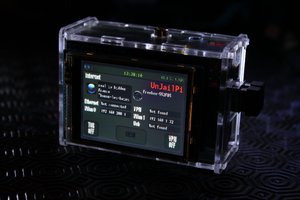
 Arcadia Labs
Arcadia Labs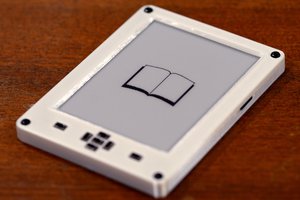
 joey castillo
joey castillo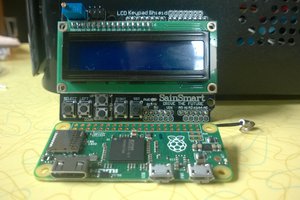
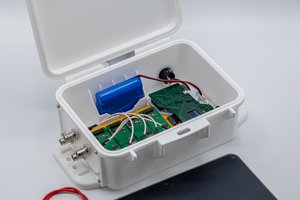
 Shah Selbe
Shah Selbe
flipper zero. I love that guy, how does he come up with that. Genius